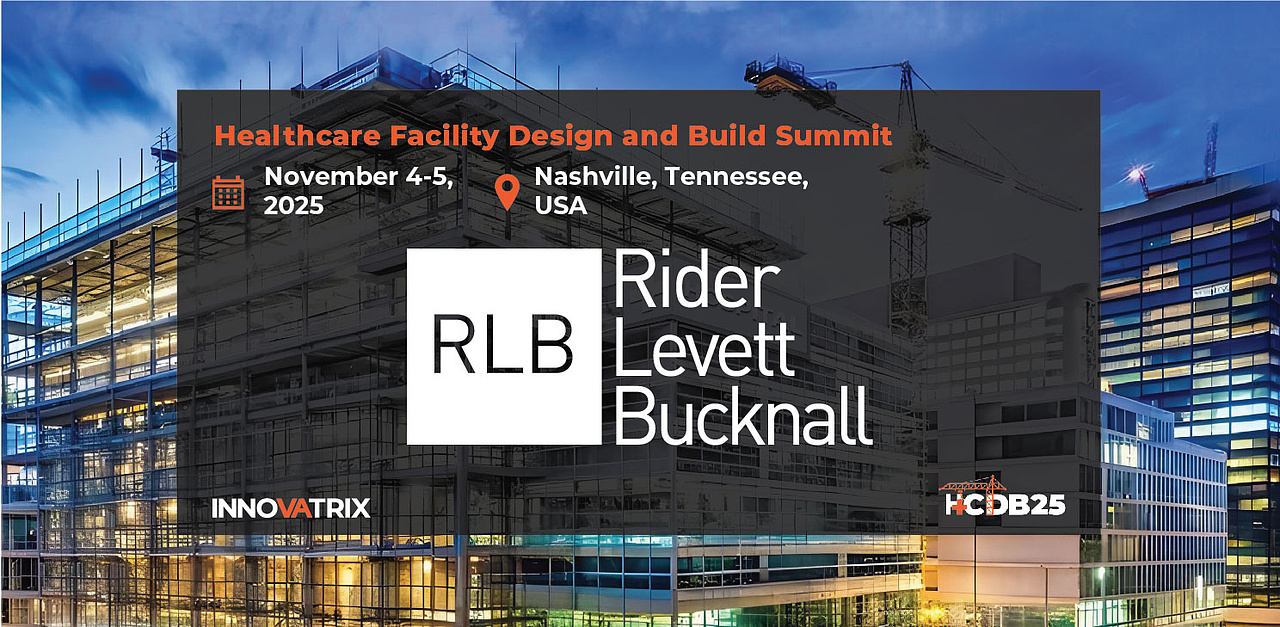Retrofitting a healthcare facility for any reason, whether to add rooms, expand departments or upgrade technology and equipment, comes with risks like dealing with supply chain disruptions, compliance missteps or hospital emergencies that take prescedence, which can introduce delays not only into the construction schedule but also may lead to shutdown to of hospital operations that can create strain for staff and impact patient outcomes.
Visual Tools
For a successful retrofit, stakeholders must align on the goals and expectations of the project, making buy-in an essential part of the process. Construction teams can use visual tools like 3D renderings and architectural drawings to help stakeholders and end-users understand the proposed changes. Using construction software to share design changes and updates can be a useful way to keep approvals efficient and on schedule. Advanced cloud-based platforms offer the ability to share designs in real-time, keep documentation organised in a single place, and allow stakeholders to comment when necessary. Establishing a single place for all stakeholders to align on project needs and goals while minimising the risk of confusion.
Team Members
When selecting team members and contractors, facilities teams and capital project managers should evaluate the portfolio of past projects, looking for experience with similar projects and proven success managing schedules and resources. Contractors and their teams must keep safety as the top priority, so meeting with project teams can help assess whether a company has a proper culture of safety and risk management, seeing if the team has an established background in healthcare construction.
Healthcare Compliance
Hospitals and project stakeholders should familiarise themselves with local, state, and federal regulations that apply to healthcare construction, including specific regulations from authorities having jurisdiction (AHJs) like the Joint Commission or Centers for Medicare & Medicaid Services (CMS). Third-party compliance experts can be hired to advise on projects who, despite their additional costs, can use their expertise to avoid scheduling mishaps and keep the project compliant with local regulations.
Input from End-Users
The construction team should focus on clearly articulating their needs and respecting the valuable time of medical workers. Project managers should work closely with administrators and department heads to identify an optimal schedule when it comes to moving patients or departments so the project can continue safely, aiming to work around off-peak hours to minimise impact on hospital services. Communication with the end-users by establishing regular meetings between the two fronts can help ensure a smooth collaboration and a retrofit with no delays and no impact on patient outcomes.
To discuss healthcare facility construction and the key issues facing the industry, connect with solution providers and network with delegates, attend the Healthcare Facility Design and Build Summit taking place on November 4-5, 2025, in Nashville, Tennessee, USA.
For more information, visit our website or email us at info@innovatrix.eu for the event agenda. Visit our LinkedIn to stay up to date on our latest speaker announcements and event news.













